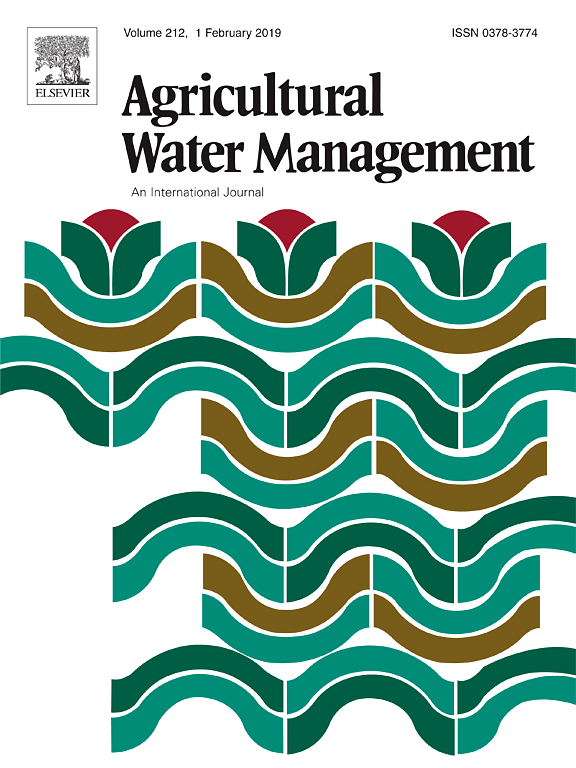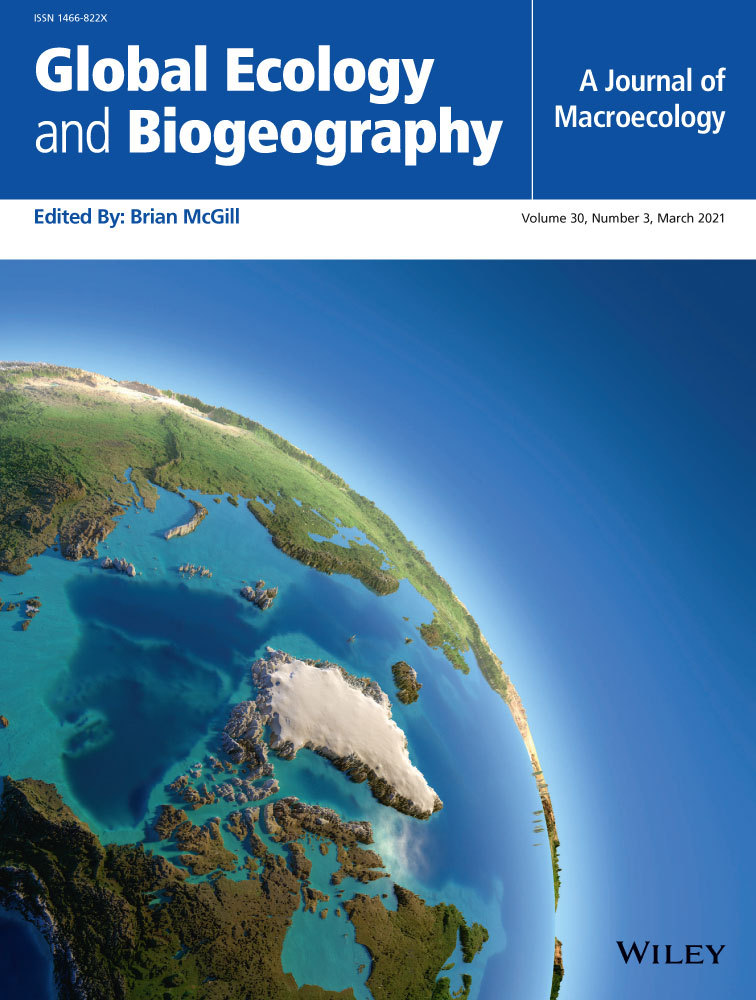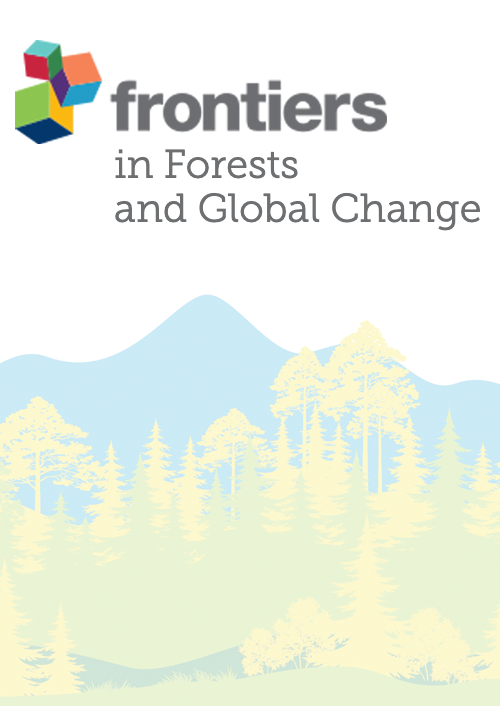In Uganda, the tree seed sector is largely centralized, limiting access by farmers to high quality seedlings due to distant supply locations. This has left suppy of most of the tree germplasm to the informal sector, characterized by road-side tree nurseries and seed dealers who have limited knowledge on seed sourcing and collection and seedling production. Through semi-structured and key informant interviews, a sample survey involving 73 smallholder tree seed collectors, processors and tree nursery operators, this study investigates the role of government, smallholder tree seed collectors, processors and suppliers, nursery operators and the private sector in Uganda’s tree seed and seedling production and supply system. The study also identifies constraints in the seed and seedlings distribution system in Uganda and suggests key policy and institutional reforms. The source of tree germplasm is found to be heavily influenced by ease of access. About 60%) of the germplasm is purchased by individual farmers for their own planting. Low quality seed, limited seed sources and overgrown seedlings remain key deficiencies in the tree seed sector. Potential business opportunities in the tree seed and seedling production and supply value chain are identified, including production and sale of high quality germplasm. These will enhance availability of tree germplasm of high quality to meet the growing need for afforestation and reforestation in Uganda.
DOI:
https://doi.org/10.1007/s11842-019-09420-w
Altmetric score:
Dimensions Citation Count:
























